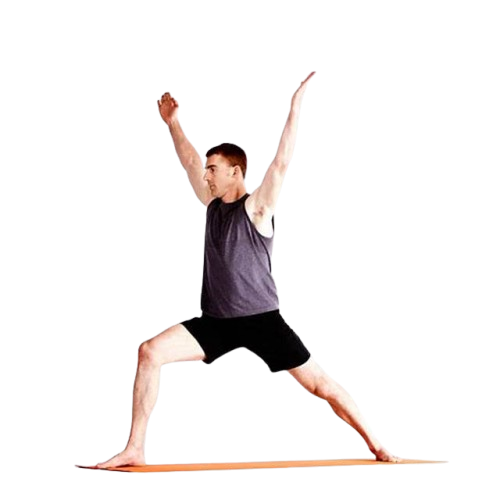Face reflexology, known as Mukh Abhyangam in Ayurveda, is a natural therapy that applies pressure to specific reflex points on the face. This therapy operates on the principle that the face mirrors the body’s internal organs and systems. By stimulating these reflex points, it aims to activate the body’s natural healing processes. Face reflexology is a non-invasive treatment that enhances circulation, reduces stress, promotes relaxation, and boosts overall well-being. It is a gentle yet effective therapy that can seamlessly integrate into your wellness routine.

Face reflexology offers a wide range of benefits for the mind, body, and spirit:
Regular face reflexology sessions can deliver substantial benefits for your overall well-being.
Preparation: The therapist ensures the client is comfortably seated or lying down, with the face clean and free of makeup or oils.
Relaxation: The therapist guides the client through breathing and relaxation exercises to help them unwind and become receptive.
Mapping: Using a facial reflexology chart, the therapist identifies reflex points on the face and determines which areas require attention.
Stimulation: Gentle pressure, massage, and tapping techniques are applied to stimulate the facial reflex points using fingers, knuckles, or specialized tools like a small wand or ball.
Progression: The therapist works on reflex points in a specific sequence, gradually moving from one area to another, adjusting pressure and technique as needed.
Closing: The session concludes with calming strokes, breathing exercises, or guided meditation.
Let us know how to get back to you.

Dr Gupta’s Holistic Wellness Center brings to you an integrated and complete health package.

